Daylight Savings: Fall Back Safely
As the clocks turn back this month, the annual end of Daylight Saving Time can disrupt your body's natural rhythms. While an extra hour of sleep may sound welcome, the resulting shift in daylight exposure can impact your physical and mental well-being. This month, we'll cover how this change affects your health and provide tips and exercises to help you and your body adjust smoothly.
How the Time Change Can Affect Your Body
The end of Daylight Saving Time impacts our circadian rhythm—the body's internal clock that regulates sleep-wake cycles. This disruption can lead to a host of issues that physical therapy can help address:
Increased fatigue and sleep issues: Even a small change in schedule can cause a feeling of jet lag, making it harder to fall or stay asleep.
Reduced motivation: Shorter, darker days can lead to a decrease in energy levels and motivation to exercise, which is crucial for pain management and recovery.
Mood changes: The decreased exposure to natural sunlight can exacerbate symptoms for those with Seasonal Affective Disorder (SAD) or other mood changes.
Injury risk: Studies show an increase in accident risk around the time change due to grogginess and sleep deprivation.
Tips For a Seamless "Fall Back"
Your physical therapist is here to help you navigate this transition and stay on track with your health goals.
Go to bed at a consistent time. Maintain a regular sleep and wake schedule, even on weekends. This consistency is the most important factor in keeping your internal clock regulated.
Get morning light exposure. Soak in natural sunlight within two hours of waking. This can help reset your body's clock, making it easier to adjust. Even sitting by a window while you drink your morning coffee can help.
Get moving during the day. Regular daytime exercise improves sleep quality at night. However, avoid intense workouts too close to your bedtime, as this can be too stimulating.
Optimize your bedroom for sleep. Create a cool, dark, and quiet sleep environment. Avoid screens and blue light from electronic devices for at least an hour before bed.
Relaxing Exercises for Better Sleep
For many, a light stretching routine before bed can help promote relaxation and improve sleep quality.
Child's Pose: Begin on your hands and knees. Sit back on your heels and extend your arms forward, resting your forehead on the floor. Hold for 1–2 minutes, breathing deeply to release tension in your back, shoulders, and neck.
Knee-to-Chest Stretch: Lie on your back with your knees bent. Bring one knee towards your chest and hold it gently with your hands. Hold for 30 seconds, breathing evenly, before switching legs. This relaxes the lower back and pelvis.
Cat-Cow Stretch: Start on your hands and knees. As you inhale, arch your back and look up (Cow Pose). As you exhale, round your spine and tuck your chin (Cat Pose). Flow between these two positions with your breath for 1–2 minutes to ease back tension.
Deep Diaphragmatic Breathing: Lie on your back and place one hand on your chest and the other on your abdomen. Inhale slowly through your nose, letting your belly rise. Exhale slowly through your mouth, feeling your abdomen fall. Repeat for 5–10 minutes.
By paying attention to your body and incorporating these strategies, you can minimize the disruptions of the time change. Your physical health is tied to your sleep and overall routine, and taking small, intentional steps can make a big difference.
If you are struggling to adjust or find that fatigue and discomfort are impacting your daily life, please schedule an appointment with one of our physical therapists. We can help you create a personalized plan to get you back on track.
